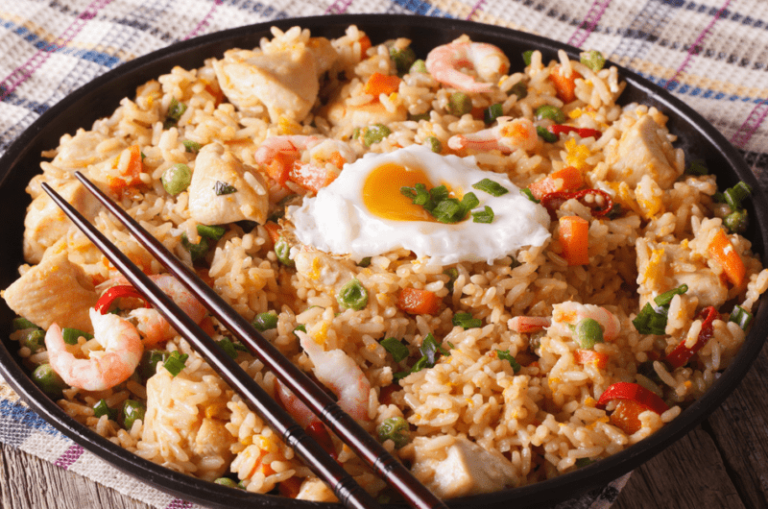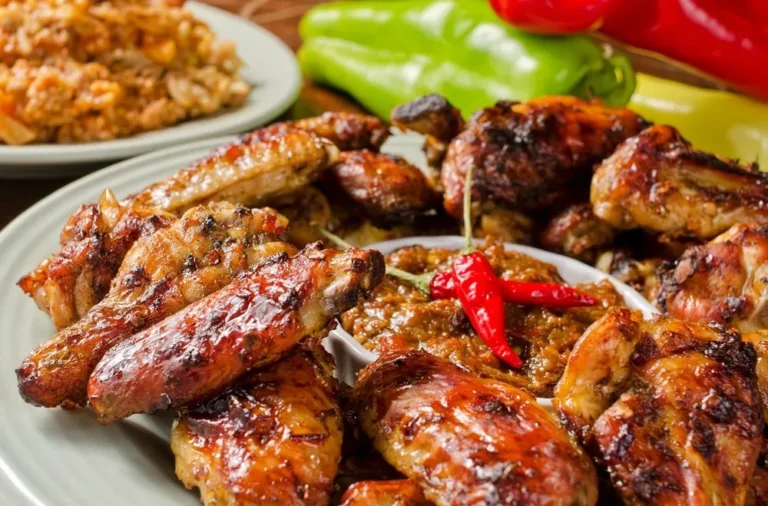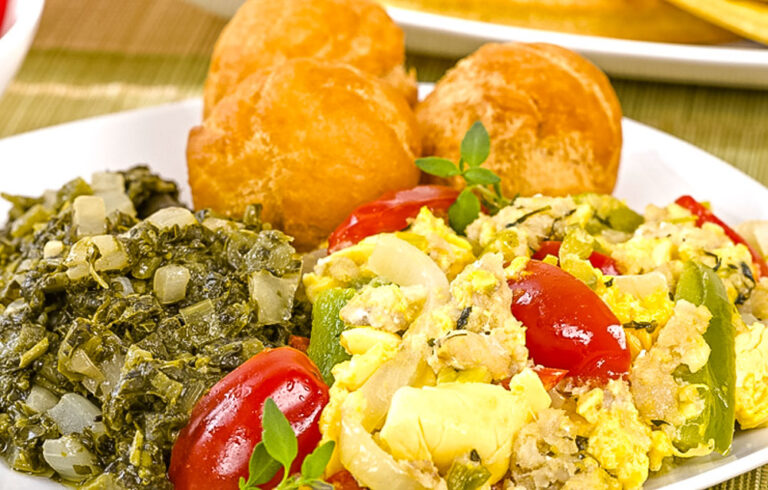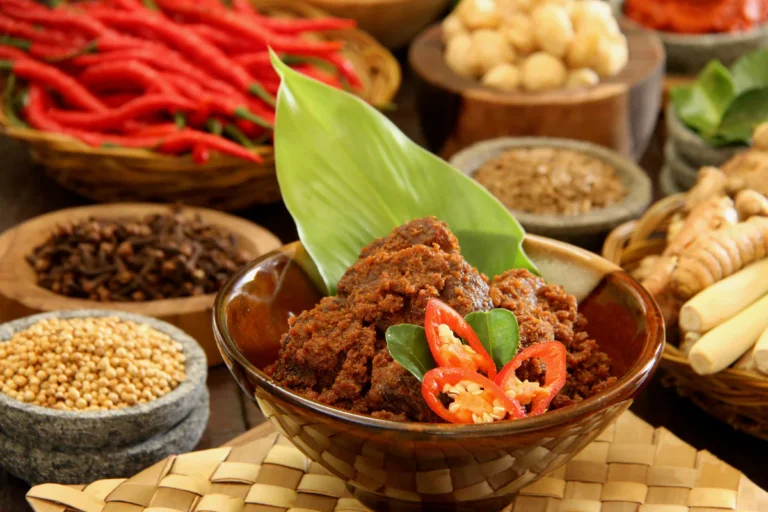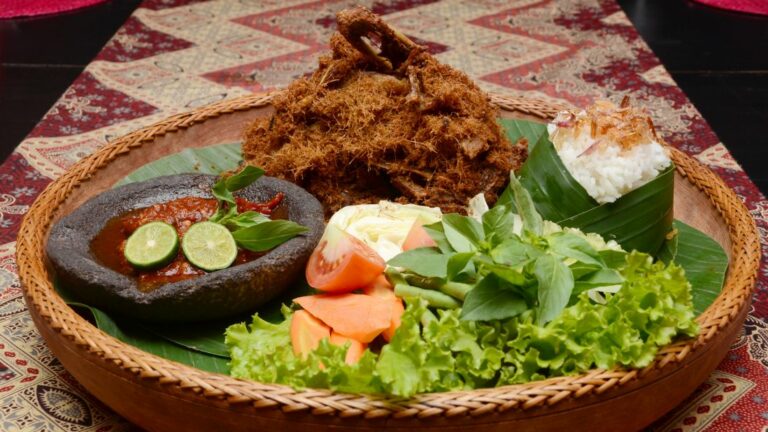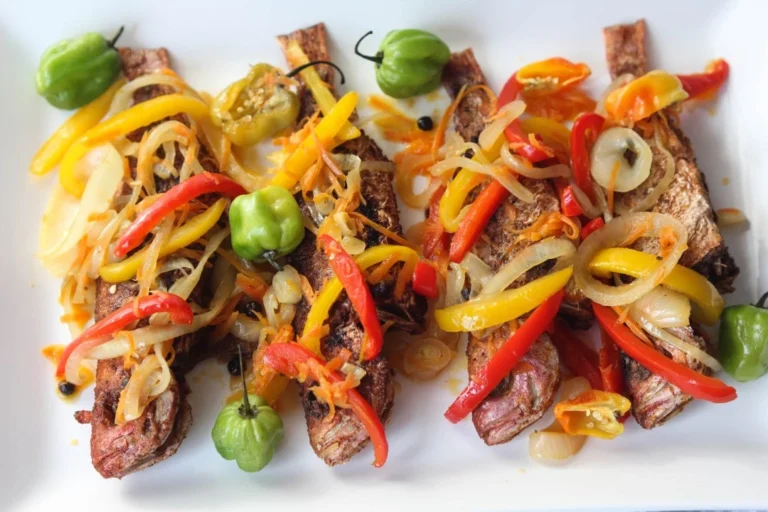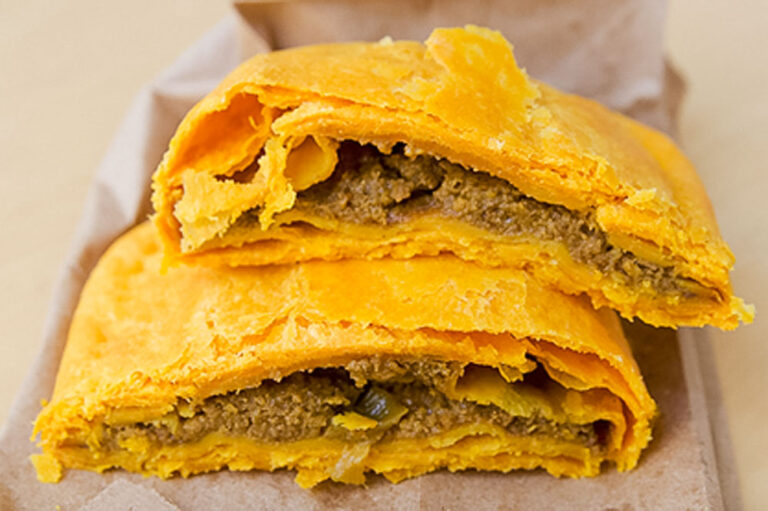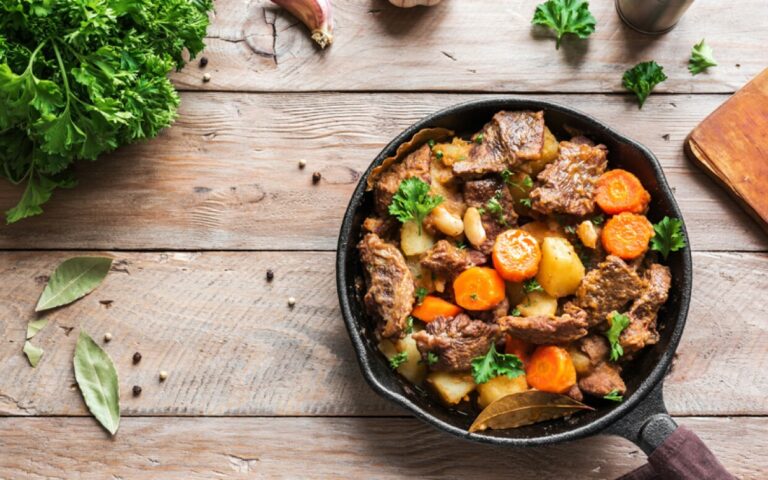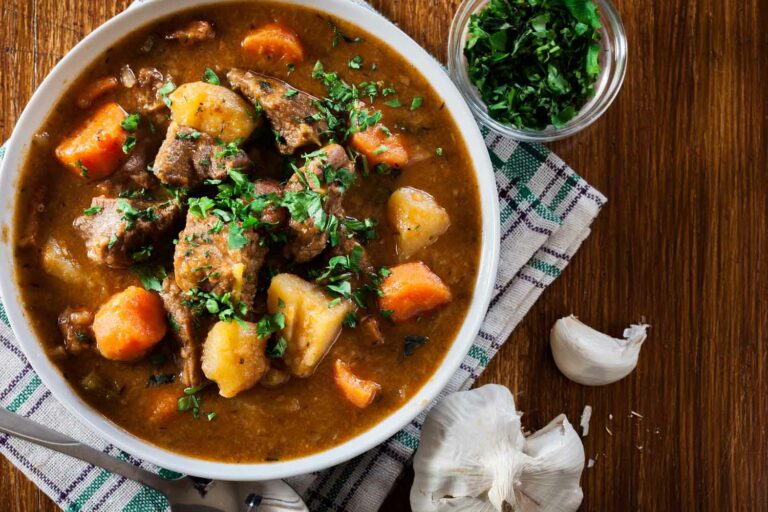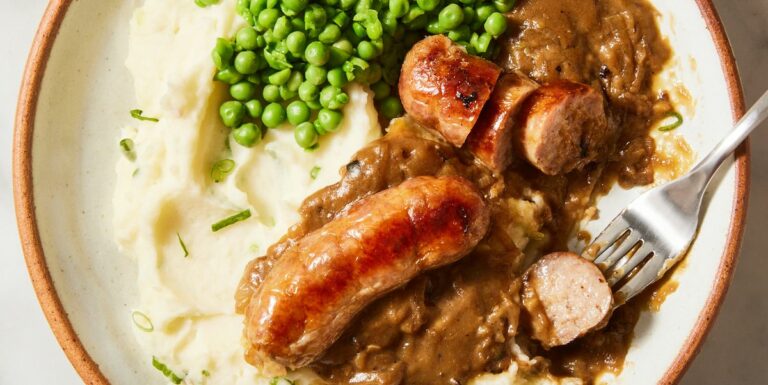Introduction: Exploring Indonesian Spice Trade History
Indonesia’s spice trade history plays an essential role in the development of global trade, from the early pre-colonial era until the modern era. The country’s strategic location and natural resources, including its abundant spices, have attracted traders from all over the world. Spices have been a significant export commodity in Indonesia, with cloves, nutmeg, and mace being among the most popular. The country’s spice trade has influenced its cuisine, and today, Indonesian cuisine is known for its bold and complex flavors that are attributed to the use of spices.
Indonesian Spice Trade: A Brief Overview
Indonesia’s spice trade dates back to the ancient times, where Chinese, Indian, Arab, and European traders came to the country to trade in spices. The Dutch East India Company was the first European power to establish a trading post in Indonesia in the early 17th century. The company monopolized the spice trade, which led to the colonization of Indonesia. During this period, the Dutch cultivated spice plantations, which led to the decline of the indigenous spice trade. Today, Indonesia is the world’s biggest producer and exporter of cloves, nutmeg, mace, and black pepper.
Influence of Indonesian Spices in World Cuisine
Indonesian spices have influenced world cuisine in many ways. Spices from Indonesia were highly sought after and valued in Europe during the medieval period. The spice trade led to the discovery of the New World and the colonization of the Americas. Many spices from Indonesia, including nutmeg and cloves, were used as currency during the colonial era. The legacy of Indonesian spices can be seen in many world cuisines, including Indian, Middle Eastern, and European cuisine. Indonesian spices, such as turmeric, cumin, and coriander, are commonly used in Indian cuisine, while cardamom is used in Middle Eastern cuisine.
Indonesian Spices in Traditional Indonesian Cuisine
Indonesian cuisine is characterized by its use of spices, which are used to create bold and complex flavors. The most commonly used spices in Indonesian cuisine include turmeric, coriander, ginger, galangal, lemongrass, and chili. These spices are used in a variety of dishes, including curries, soups, and stews. Some of the most popular Indonesian dishes that use spices include rendang, nasi goreng, and gado-gado.
Indonesian Spice Trade and Fusion Cuisine
Indonesian spices have also played a significant role in the fusion cuisine trend. Fusion cuisine combines elements of different culinary traditions and creates new, innovative dishes. Indonesian spices have been used in fusion cuisine to add a unique flavor profile to dishes. For example, Indonesian spices have been used in tacos, burgers, and pizza to create fusion dishes that are both delicious and unique.
Conclusion: The Enduring Legacy of Indonesian Spices in Cuisine
Indonesian spice trade history has left an enduring legacy in world cuisine. The trade in spices has influenced the development of global trade and commerce and has played a significant role in the colonization of Indonesia. Indonesian spices have influenced world cuisine, and their unique flavor profiles are valued in many culinary traditions. Today, Indonesian cuisine continues to use spices to create bold and complex flavors, and the use of Indonesian spices in fusion cuisine creates new, exciting dishes. The rich history of Indonesian spice trade continues to shape cuisine around the world.

